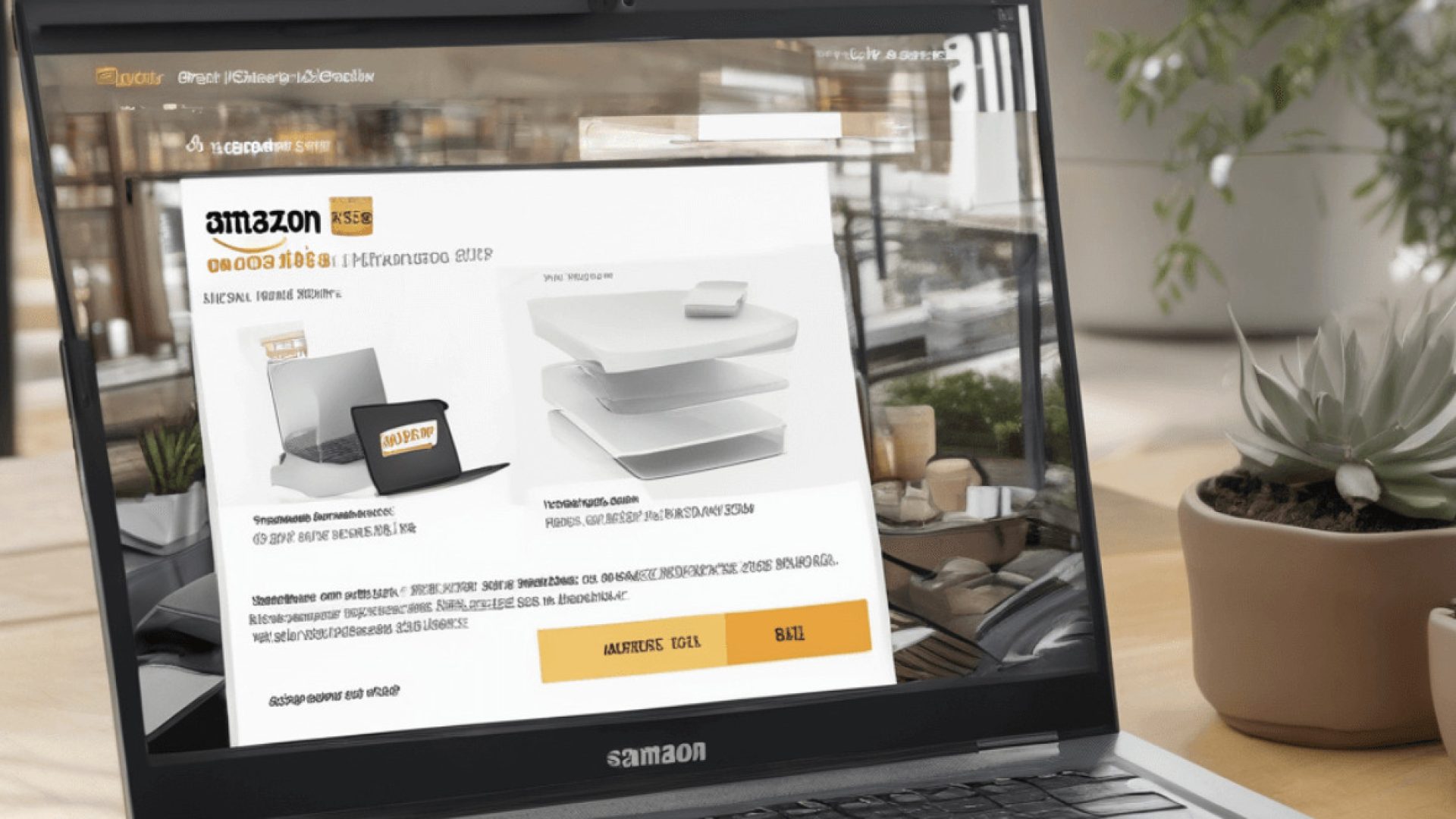Navigating the complex world of Amazon as a seller involves understanding various costs associated with selling on this colossal platform. Among these, Amazon fees play a crucial role in shaping your pricing strategy and ultimately your profitability. This comprehensive guide aims to demystify Amazon fees, helping you make informed decisions and optimize your profit margins.
Introduction to Amazon Fees
Amazon charges several types of fees, which vary depending on the selling plan, product category, size and weight of the products, and additional services like fulfillment and advertising. Understanding these fees is critical to effectively price your products and maintain profitability.
Types of Amazon Seller Fees
1. Subscription Fees
– Individual Plan
Ideal for sellers with fewer than 40 sales per month. There’s no monthly subscription fee, but Amazon charges $0.99 per item sold.
– Professional Plan
Best for high-volume sellers. This plan costs $39.99 per month, but the $0.99 per-item fee is waived.
2. Referral Fees
Amazon charges a referral fee on each sale, which is a percentage of the total transaction and varies by product category. Typically, it ranges from 6% to 45%, with most categories averaging around 15%.
3. Fulfillment Fees
If you use Fulfillment by Amazon (FBA), there are specific fees for order fulfillment, storage, and optional services like labeling or prep. These fees depend on the size and weight of the product.
– Order Fulfillment Fees
Charged per unit, covering picking, packing, and shipping.
– Monthly Storage Fees
Based on the volume of space your inventory occupies in the Amazon warehouse.
– Long-Term Storage Fees
Applicable for items stored for over 6 months, charged additionally to encourage inventory turnover.
4. Additional FBA Fees
These may include fees for returns processing, removal orders (if you want unsold inventory returned to you), and inventory disposal.
5. Closing Fees
Applicable to media items, such as books, DVDs, and video games, this is a fixed fee per item sold.
6. High-Volume Listing Fees
If you list a vast number of SKUs, Amazon may charge a fee for listings that exceed a certain threshold.
Calculating Your Costs
To calculate your costs and set competitive prices, consider the following:
Product Cost: How much does it cost to acquire or produce your product?
Amazon Fees: Factor in the relevant Amazon fees based on your selling plan and product category.
Shipping Costs: If not using FBA, calculate the cost of shipping products to customers.
Other Operational Costs: Include costs like packaging, labor, and storage (if applicable).
Fee Reduction Strategies
Optimize Product Pricing: Regularly review and adjust your prices to remain competitive and profitable.
Manage Inventory Effectively: Reduce storage fees by managing inventory levels and avoiding overstocking.
Use Cost-Effective Fulfillment: Compare the costs of FBA versus fulfilling orders yourself to find the most cost-effective method.
Monitor Product Performance: Discontinue low-performing products that incur more fees than they generate in revenue.
Conclusion
Amazon’s fee structure, while complex, can be navigated successfully with a clear understanding and strategic planning. Regularly reviewing these fees and adjusting your business strategy accordingly is vital for maintaining healthy margins and achieving long-term success on the platform. Remember, the key to profitability on Amazon isn’t just about increasing sales; it’s also about smart cost management and pricing strategies.


